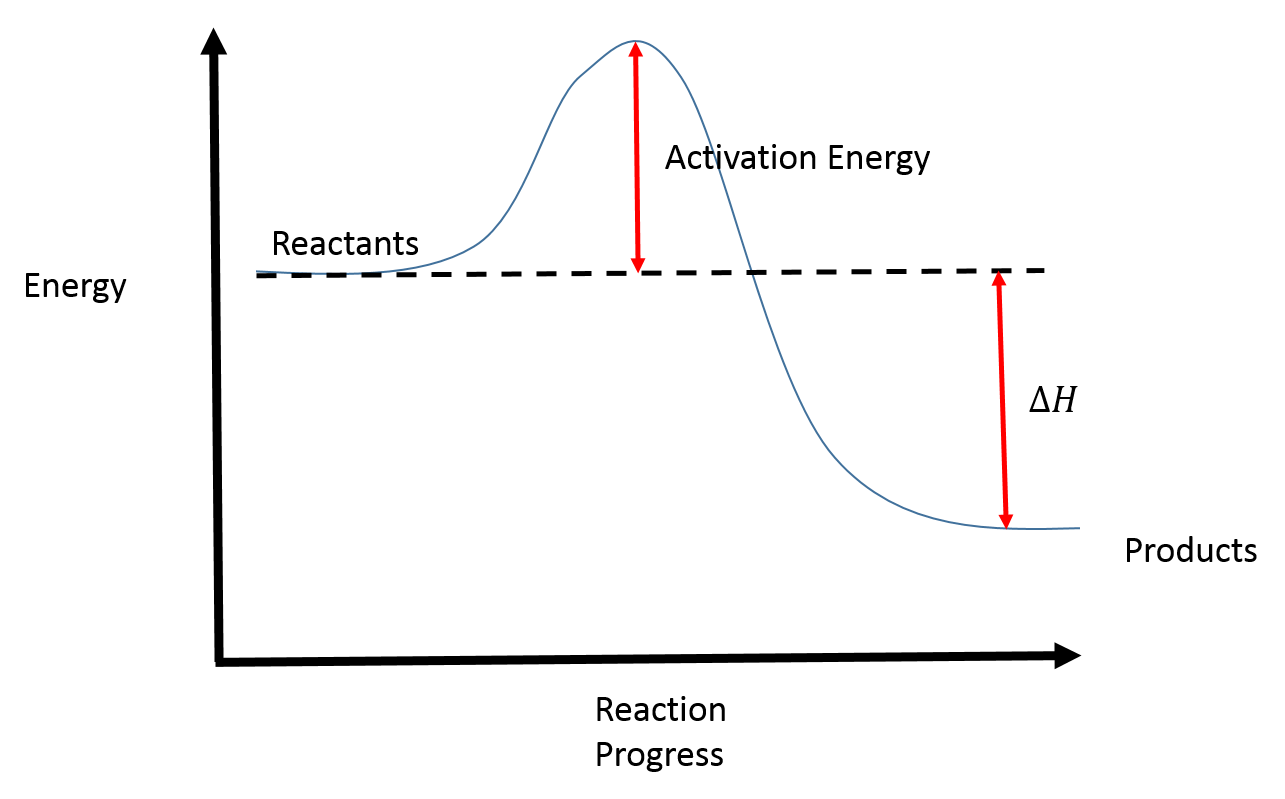D
deleted647690
There was a question in TBR:
The difference in the enthalpies of combustion for xylose (an aldopentose) and ribose (an aldopentose) can best be attributed to:
The Answer was steric repulsion in the furanose ring.
I have some questions regarding their answer explanation.
First, I can't remember, but are the main carbohydrate sugars (glucose, galactose, ribose, fructose) generally more stable in the ring form or straight chain form?
In their explanation, they say, "The repulsion experienced by the eclipsed hydroxyl groups in the five-membered ring appears in the enthalpy of reaction. As the repulsion within a molecule increases, the molecule is said to be less stable, and thus it will have a greater enthalpy of reaction (more heat released when the ring steric hindrance in the reactant is relieved)"
So I'm trying to imagine the rxn coordinate diagram, so would it just be an exothermic reaction starting from the ring and proceeding to the straight chain form?
Therefore, the straight chain is more stable. This would align with their explanation when they say heat is released as the ring converted to the straight chain form.

So the ring would be reactants, and the straight chain would be the more stable products?
The difference in the enthalpies of combustion for xylose (an aldopentose) and ribose (an aldopentose) can best be attributed to:
The Answer was steric repulsion in the furanose ring.
I have some questions regarding their answer explanation.
First, I can't remember, but are the main carbohydrate sugars (glucose, galactose, ribose, fructose) generally more stable in the ring form or straight chain form?
In their explanation, they say, "The repulsion experienced by the eclipsed hydroxyl groups in the five-membered ring appears in the enthalpy of reaction. As the repulsion within a molecule increases, the molecule is said to be less stable, and thus it will have a greater enthalpy of reaction (more heat released when the ring steric hindrance in the reactant is relieved)"
So I'm trying to imagine the rxn coordinate diagram, so would it just be an exothermic reaction starting from the ring and proceeding to the straight chain form?
Therefore, the straight chain is more stable. This would align with their explanation when they say heat is released as the ring converted to the straight chain form.

So the ring would be reactants, and the straight chain would be the more stable products?
